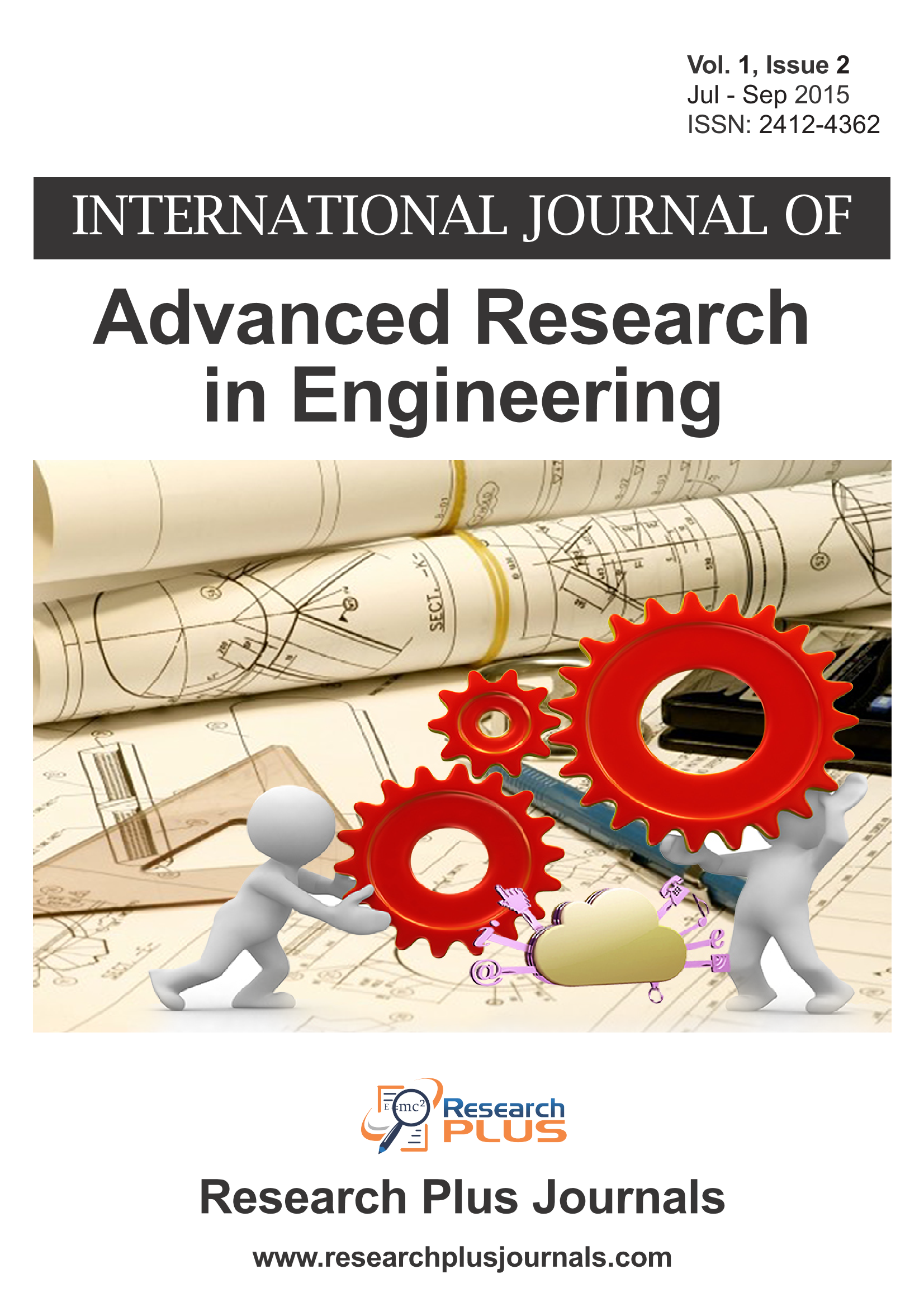Design, Fabrication and Testing of a Piezoresistive-Based Tactile Sensor for Minimally Invasive Surgery
Abstract
Minimally invasive robotic surgery (MIRS) has become a preferred method for patients for the last two decades, thanks to its crucial advantages over classical open surgeries. Although MIRS has some advantages, it has a few drawbacks. Since MIRS technology includes performing surgery through small incisions using long slender tools, one of the main drawbacks of MIRS becomes the loss of direct contact with the patient’s body in the site of operation. Therefore, the surgeon loses the sense of touch during the operation which is one of the important tools to investigate the health condition of the treated tissue. This paper presents a novel piezoresistive-based multifunctional tactile sensor that is able to measure the contact force, relative hardness of the contact object, and the position of a hidden lump at the same time. A prototype of the designed sensor has been fabricated, simulated, analyzed, and tested numerically and experimentally. The experiments have been performed on hyperelastic materials, which are silicone rubber samples with different hardness values that resemble different biological tissues. The ability of the sensor to measure the contact force and relative hardness of the contact objects is tested with several experiments. A finite element (FE) model has been built in COMSOL Multiphysics (v3.4) environment to simulate both the mechanical behavior of the silicone rubber samples, and the interaction between the sensor and the silicone rubbers. Both numerical and experimental analysis proved the capability of the sensor to distinguish between different silicone rubber samples.
Copyright & License
All Research Plus Journals (RPJ) publish open access articles under the terms of the Creative Commons Attribution (CC BY-SA 4.0) https://creativecommons.org/licenses/by-sa/4.0/ License which permits use, distribution and reproduction in any medium, provided the original work is properly cited & ShareAlike terms followed.
Copyright on any research article in a journal published by a RPJ is retained by the author(s). Authors grant RPJ a license to publish the article and identify itself as the original publisher. Upon author(s) by giving permission to RPJ either via RPJ journal portal or other channel to publish their research work in RPJ agrees to all the terms and conditions of https://creativecommons.org/licenses/by-sa/4.0/ License and terms & condition set by RPJ.
3rd party copyright
It is the responsibility of author(s) to secure all necessary copyright permissions for the use of 3rd-party materials in their manuscript.
Disclaimer
Research Plus Journals Open Access articles posted to repositories or websites are without warranty from RPJ of any kind, either express or implied, including, but not limited to, warranties of merchantability, fitness for a particular purpose, or non-infringement. To the fullest extent permitted by law RPJ disclaims all liability for any loss or damage arising out of, or in connection, with the use of or inability to use the content.
















